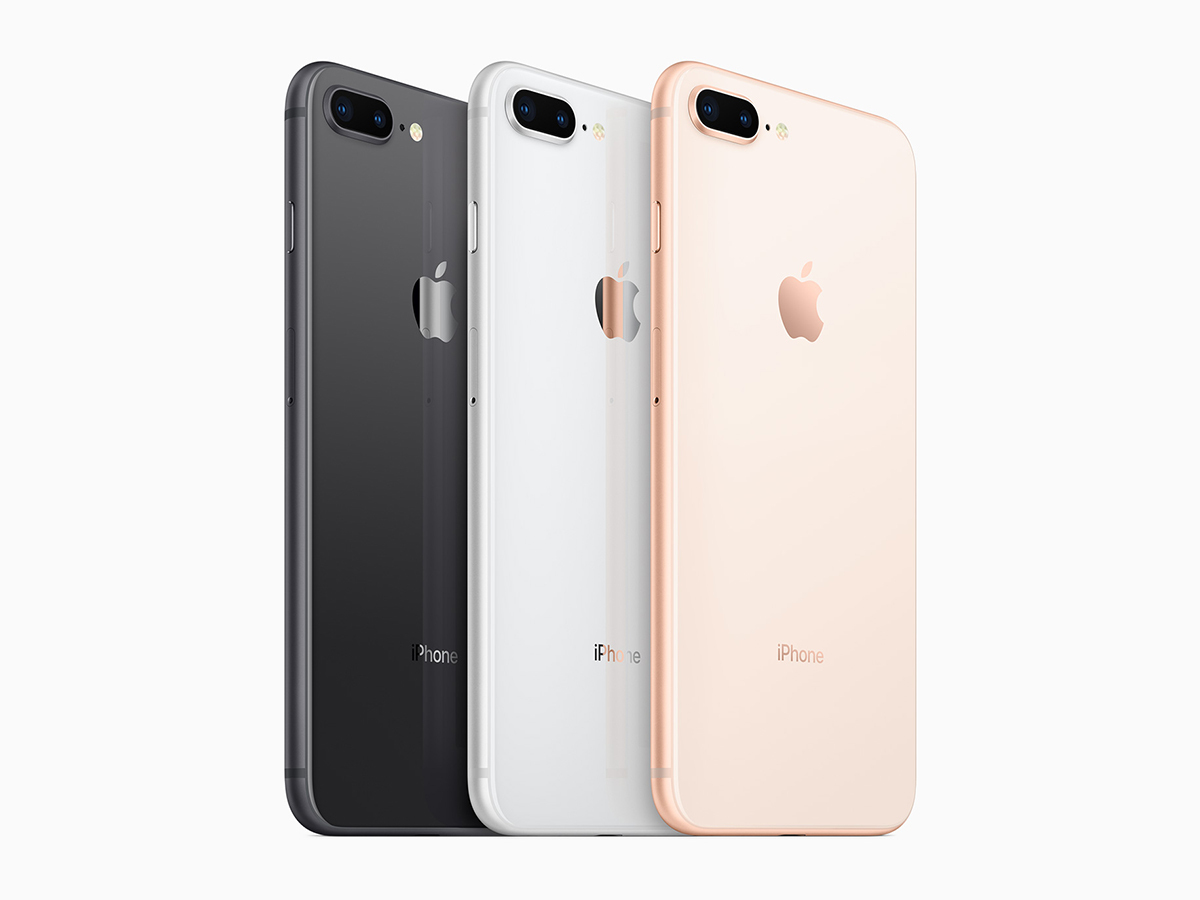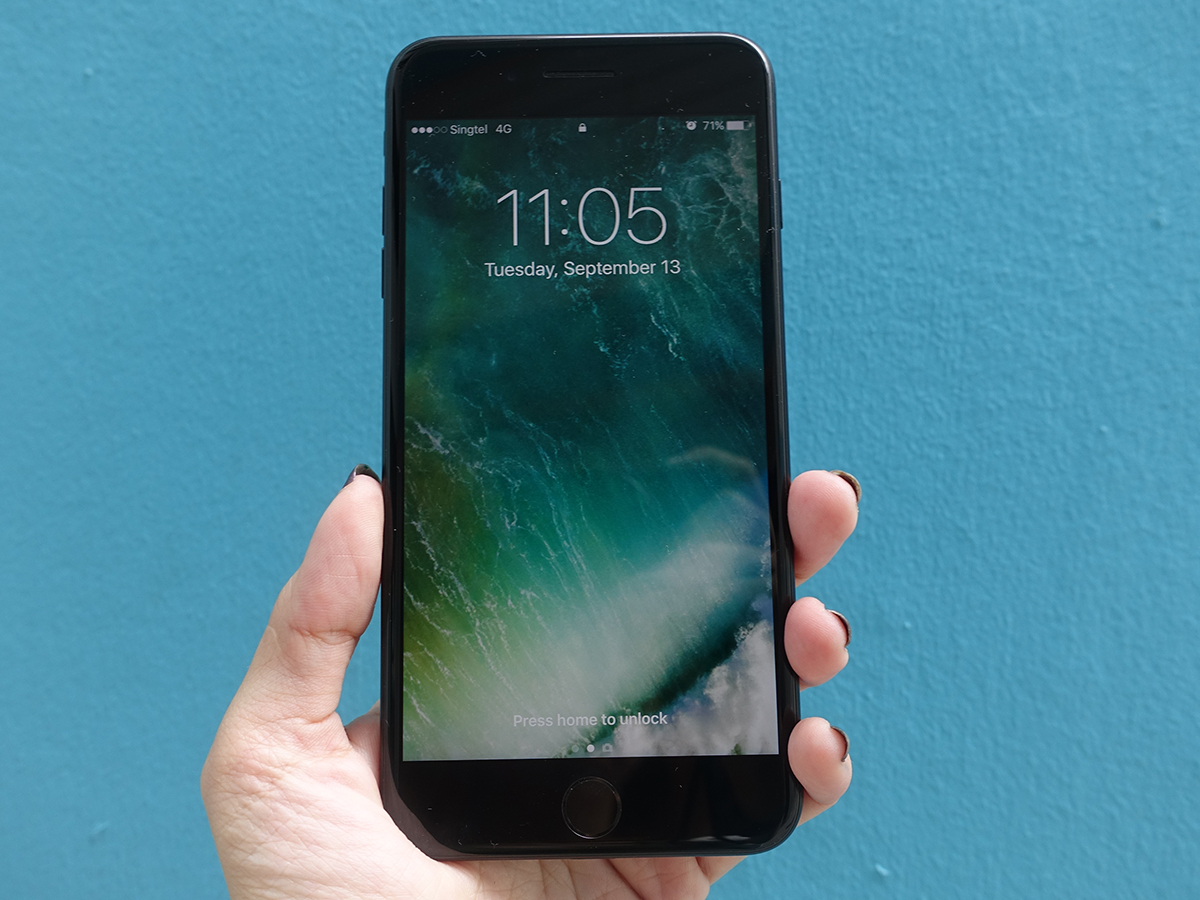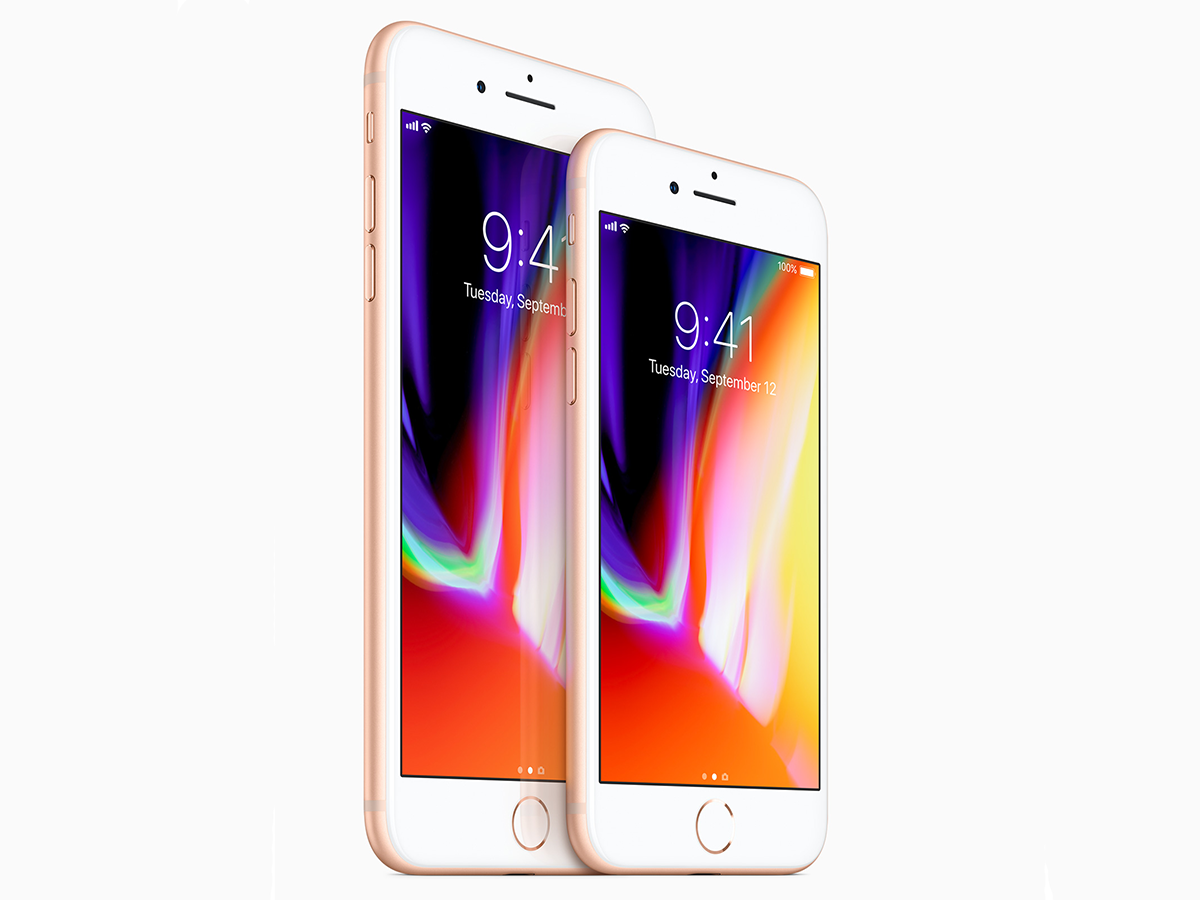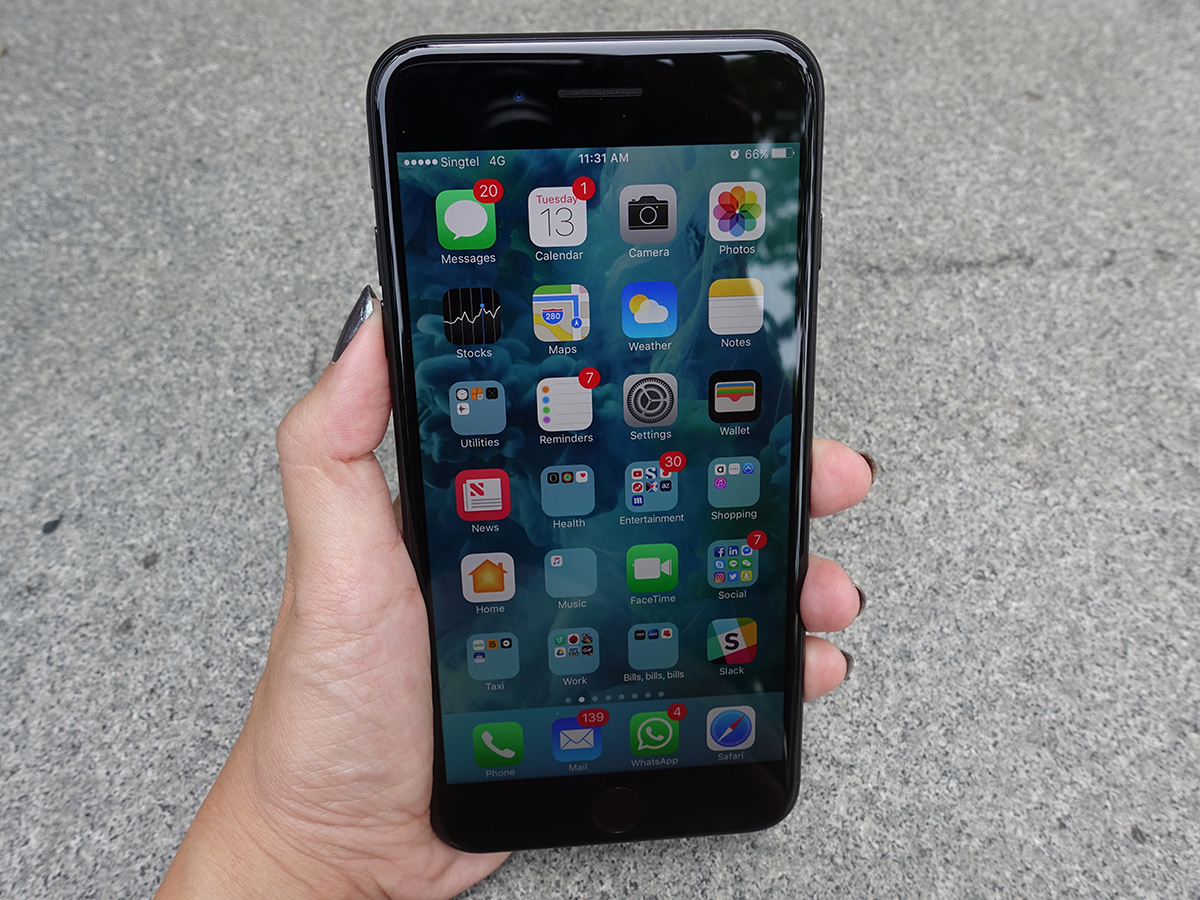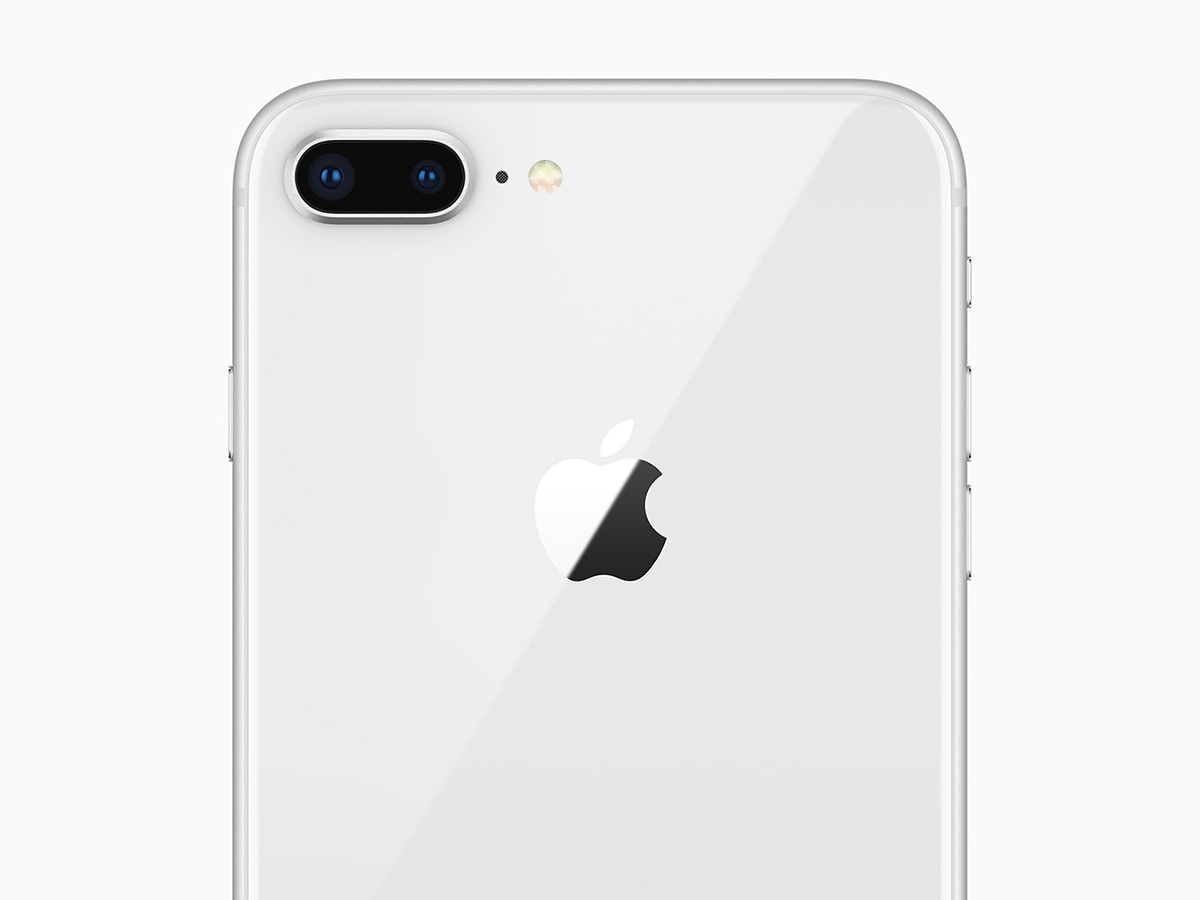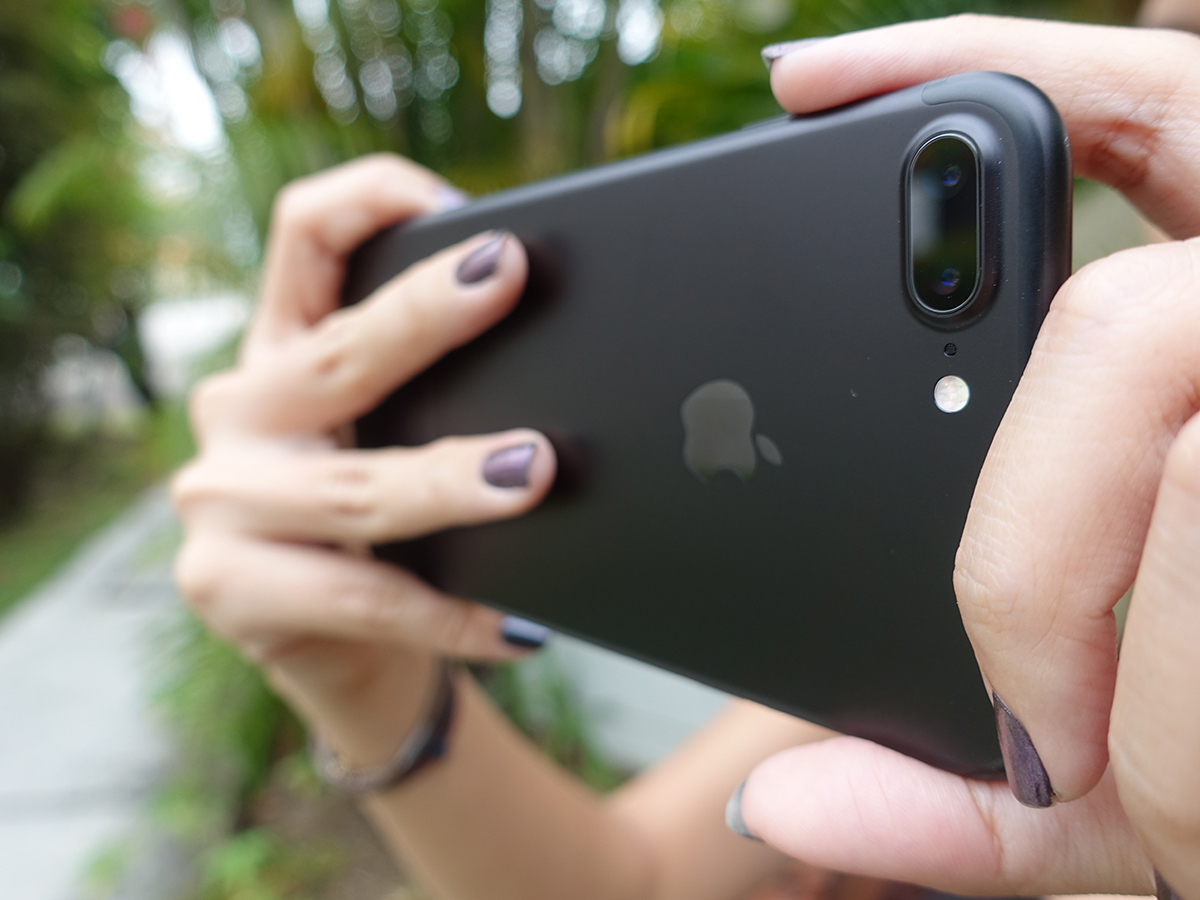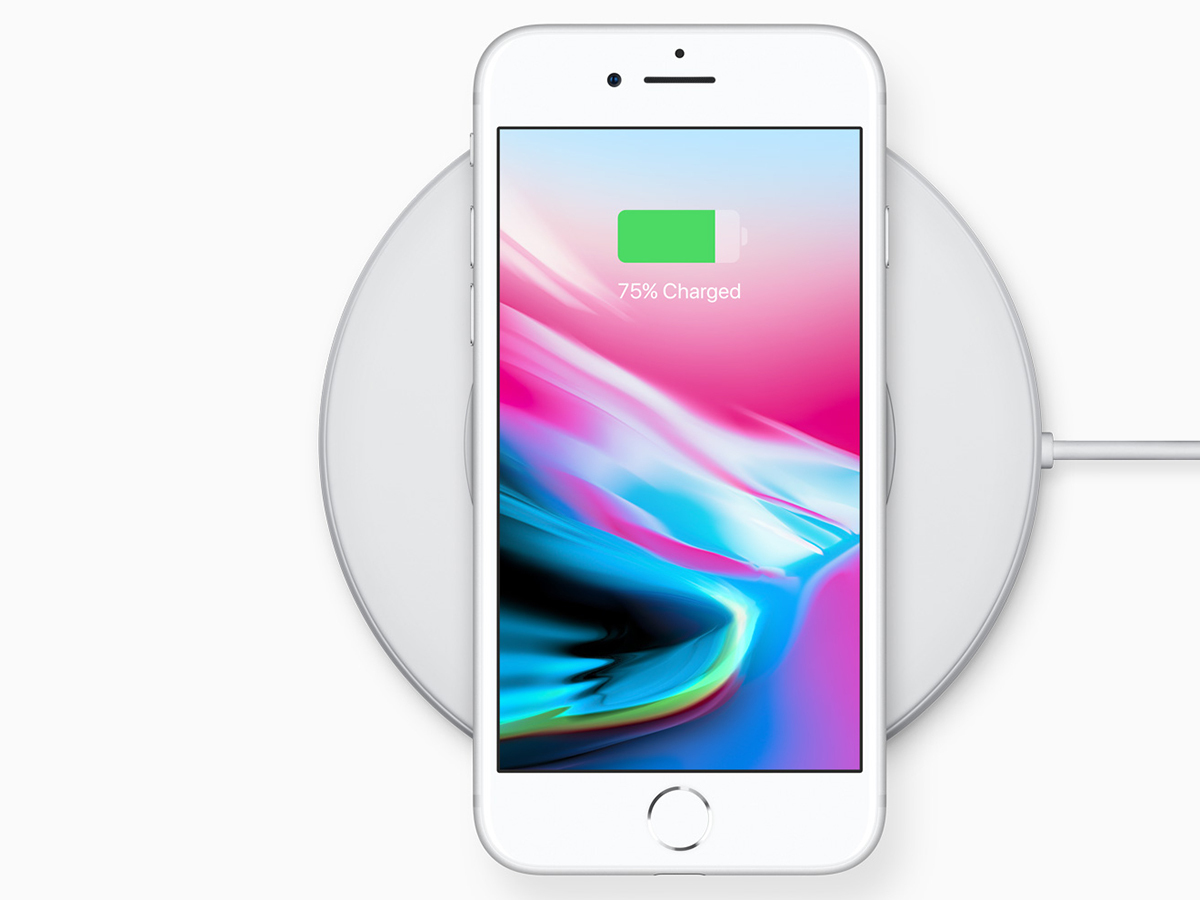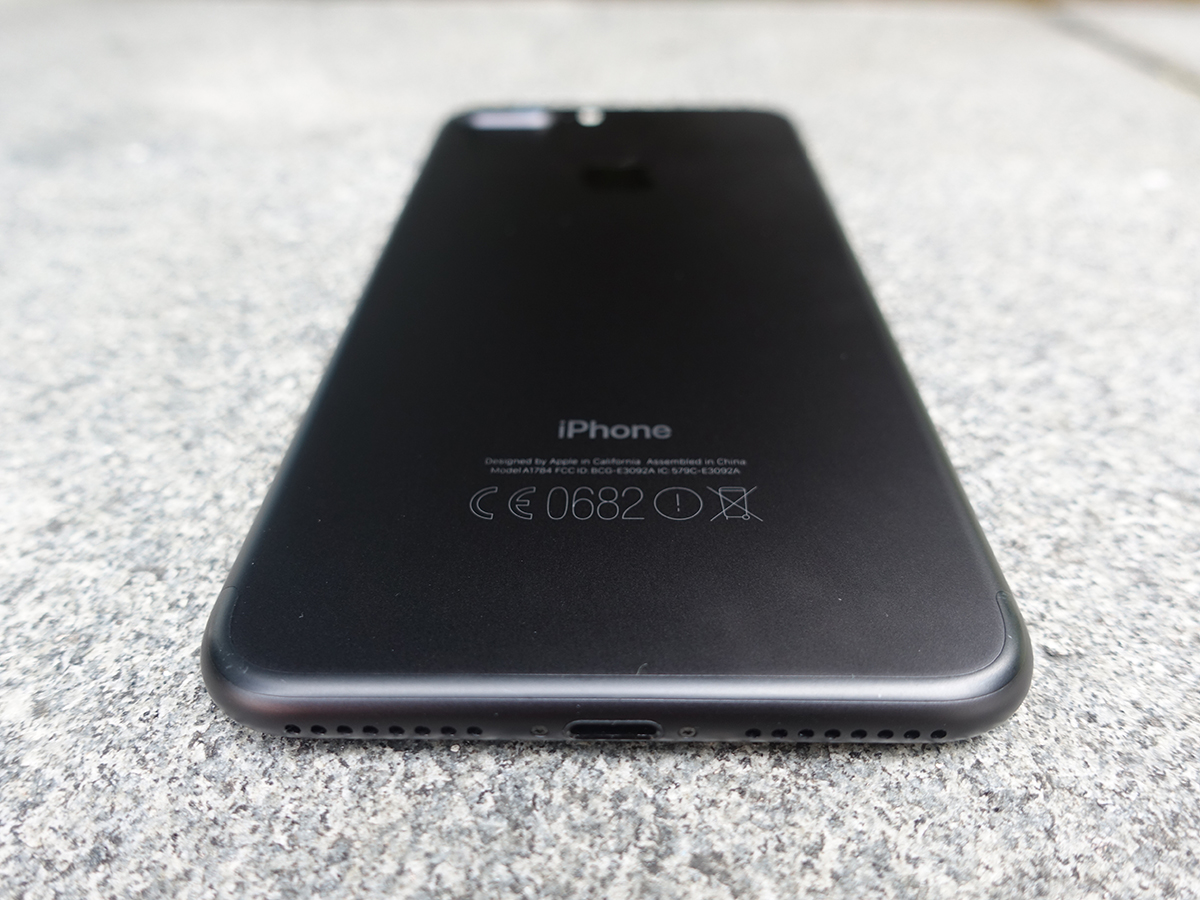Apple iPhone 8 Plus vs iPhone 7 Plus: Should you upgrade?
Thinking about ditching last year's dual-camera beast?

With the iPhone 7 Plus, Apple finally gave us a compelling reason to pick the larger Plus-sized model for something other than screen size: the camera.
Or cameras, rather. With the addition of the dual-camera setup on the back, we picked up a nice handful of shooting perks that helped elevate the overall benefit equation, making it the must-have iPhone over the last year.
Now, has Apple done the same with the iPhone 8 Plus a year later? Unlike the 7 Plus, it doesn’t pack many additional huge benefits that really set it apart from the standard iPhone 8, but it does bring a few extra perks over last year’s phone.
But given the £719+ you spent on your big phone sometime in the last 12 months, do you really want to do it all over again? Here’s what we think based on the specs, features, and our hands-on time with the iPhone 8 Plus.
Design: Glass-tastic
If you catch a glance of the iPhone 8 Plus from the front, you might think you’re looking at your own iPhone 7 Plus. Or the iPhone 6s Plus. Or even the iPhone 6 Plus.
It’s true: Apple kept the same core design here, from the front of the phone to the aluminum frame. But what’s this on the back? It’s glass! Beautiful, reflective glass, returning to the iPhone for the first time since the iPhone 4s.
It looks great, whether you opt for Silver, Space Gray, or Gold, and it adds just a hair of thickness to the phone in the process – but hopefully not enough to ruin any accessories you might carry over. Going for glass brings another big perk (keep reading!), but otherwise, it’s the one big visual switch here to Apple’s three-year-old design.
Screen: Much the same
Likewise, Apple hasn’t made any big moves with the iPhone 8 Plus display, unlike the new OLED screen on the iPhone X. Here, it’s all about small refinements.
Once more, it’s a 5.5in LCD display at 1080p resolution, much as it’s been since the iPhone 6 Plus. Last year’s screen was a sharp, bright beauty, albeit just a step behind in crispness from the Galaxy S7 and other top Android flagships.
This time around, Apple is using bringing over its True Tone technology from recent iPad models, which automatically adjusts the colour based on your ambient lighting conditions. We should see stronger contrast on this model, too – but otherwise, don’t expect any big leaps or advancements from the iPhone 7 Plus. It should seem mostly the same in everyday usage.
Also Read › Apple iPhone 8 vs iPhone 7: Should you upgrade?
Camera: Some perks
The iPhone 7 Plus packed big camera enhancements, as previously mentioned, with the second camera added to the back to enable optical image zooming without shedding detail, as well the cool Portrait mode for DSLR-like blurred backdrop shots.
By comparison, the iPhone 8 Plus doesn’t have a huge camera addition, and it doesn’t have the cool True Depth front-facing camera system from the iPhone X. But it does offer refinements on last year’s theme, making it very much like an "iPhone 7s Plus" in that respect.
Only one of the 12-megapixel back cameras, the main wide angle f/1.8 sensor, has optical image stabilisation – like the iPhone 7 Plus had last year. The Portrait mode gains a new Portrait Lighting feature, though, which lets you play with faux lighting conditions to really amplify and embellish those special shots.
Apple says the sensors are also faster and larger, while the Portrait mode should work even better than before. But really, these seem like pretty modest tweaks overall.
Performance: Power Play
With the A10 Fusion chip and a strong 3GB RAM, the iPhone 7 Plus proved to be an iOS powerhouse of a phone, capably handling all kinds of apps, media, and multitasking needs with ease. And now Apple has pushed the technology even further with the iPhone 8 Plus.
It packs the new A11 Bionic chip, which has four efficiency cores that deliver up to 70% faster speeds, along with a pair of performance cores that at 30% improved. Along with a faster GPU and still 3GB RAM, it should provide incredible speed and hopefully only rare hints of slowdown. Early benchmark tests suggest it’s a monster, even beating a recent MacBook Pro.
Will we see that speed boost in everyday performance? We can’t say for sure yet. We’ll know soon when we can compare the two phones together, but our hunch is that any advantage here will be minor at best. The iPhone 7 Plus was already super speedy and capable.
Battery and perks: More or less?
The battery is one of the iPhone 8 Plus’ biggest selling points, but not because of capacity. In fact, if data from the Chinese TENAA agency is correct, the battery pack is almost 10% smaller than in the iPhone 7 Plus. However, Apple says that battery life is comparable, likely due to software and hardware optimisations.
No, the big benefit here is wireless charging, thanks to that new glass backing. You’ll be able to pop the phone on any ‘ol Qi charger, of which there are many different options already out there, as well as Apple’s fancy new AirPower pad coming in 2018. The phone will also support fast charging for the first time, if you have the right power plug for it.
The starting iPhone 8 Plus model also packs more storage: 64GB, with a 256GB version also available. Compare that to last year’s 32GB base model, which then bumped up to 128GB or 256GB options for more cash.
Initial Verdict: Hold position
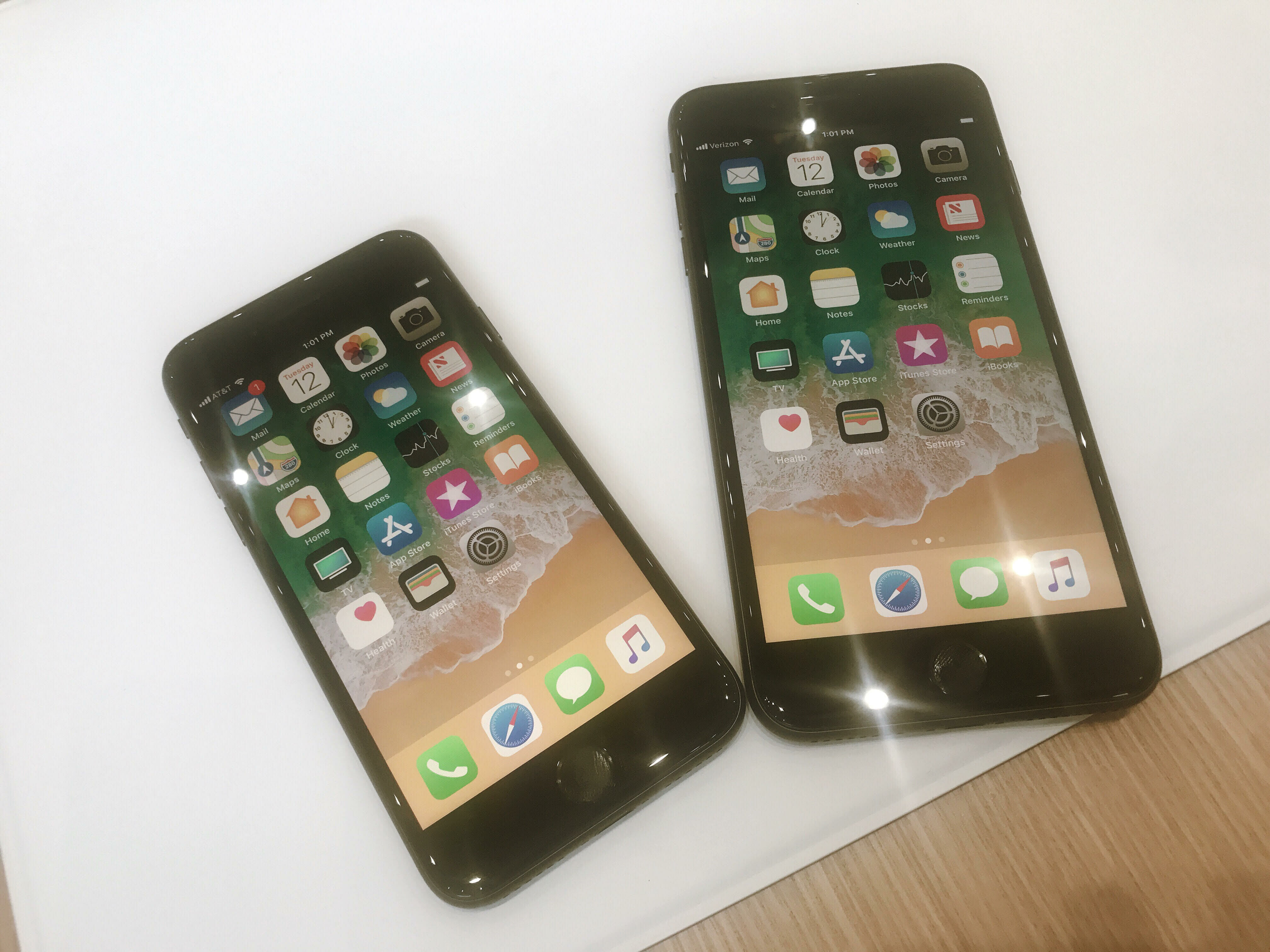
The iPhone 7 Plus gave us compelling reasons to upgrade from the iPhone 6s Plus. However, the iPhone 8 Plus hasn’t done quite the same for those of us toting the iPhone 7 Plus.
No doubt, it has enhancements and refinements like you’d expect from an "S" model iPhone, despite Apple’s chosen name here. Wireless charging is neat and the backing glass looks nice. Performance is enhanced, the screen’s a little better, and the camera has more options.
But we’re just not seeing the big hook that makes this £799 upgrade essential, especially when the iPhone X is a dramatically more compelling option. True, it costs a fair bit more, with a wallet-savaging £999 starting price, but at least the clear upgrades and benefits are there.
If you’re not quite ready to make that leap or don’t find the iPhone X appealing, then you might want to stay put: your iPhone 7 Plus should serve you fine for another year. We’ll update this piece once we finish our iPhone 8 Plus review, however, should we find ourselves swayed by something during testing.
READ MORE › The 10 best smartphones in the world right now
